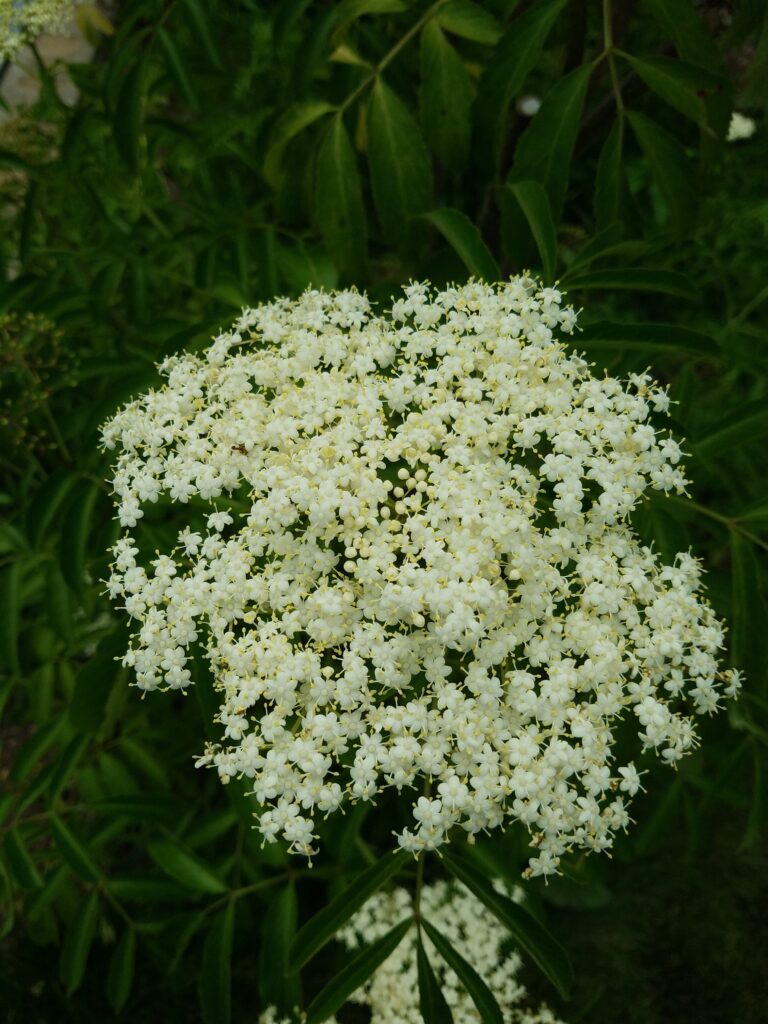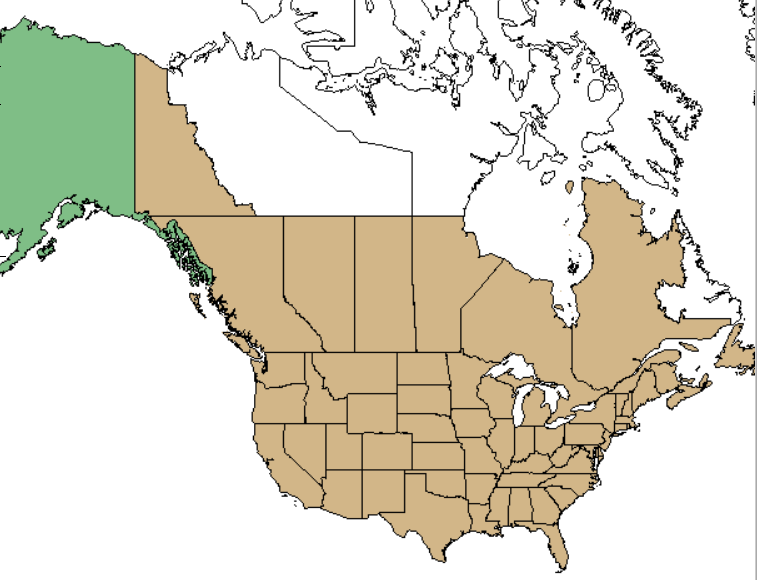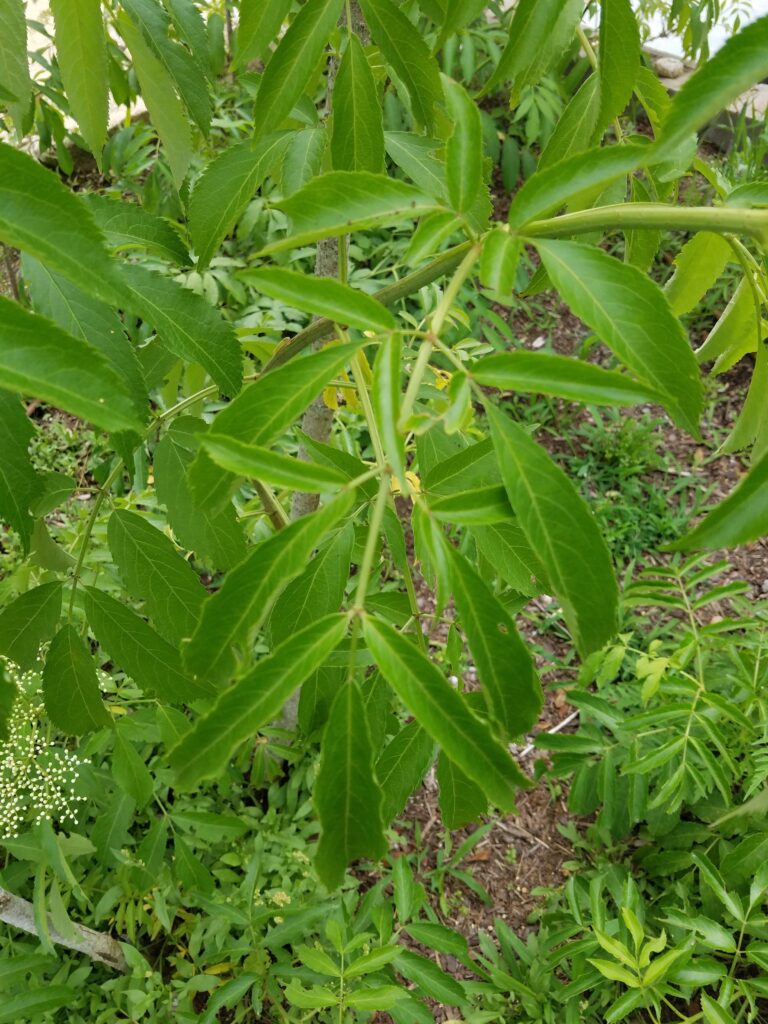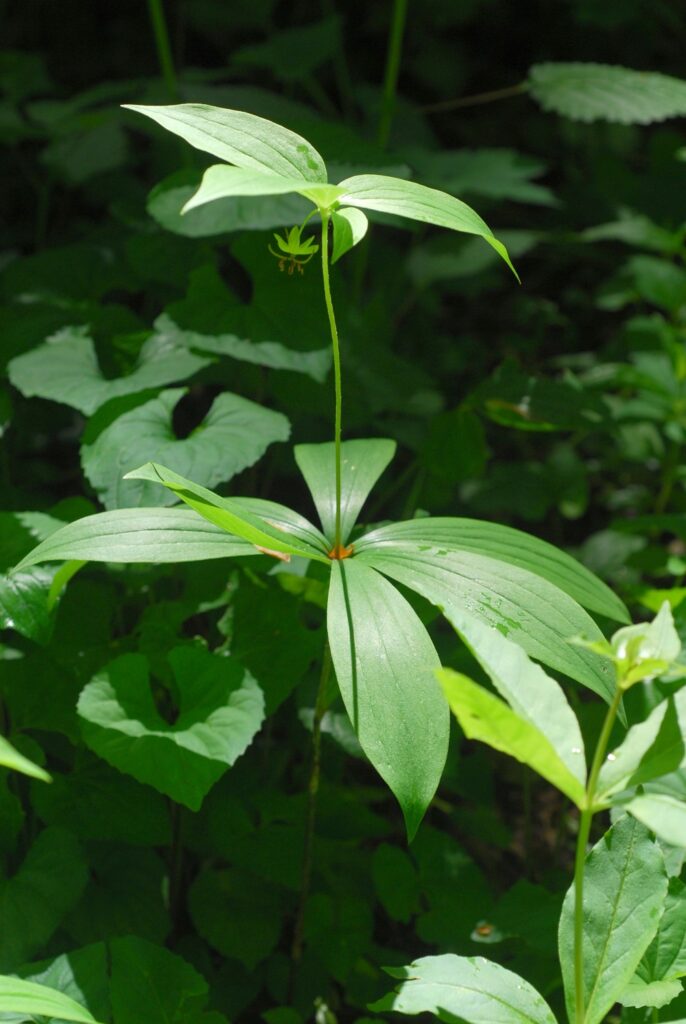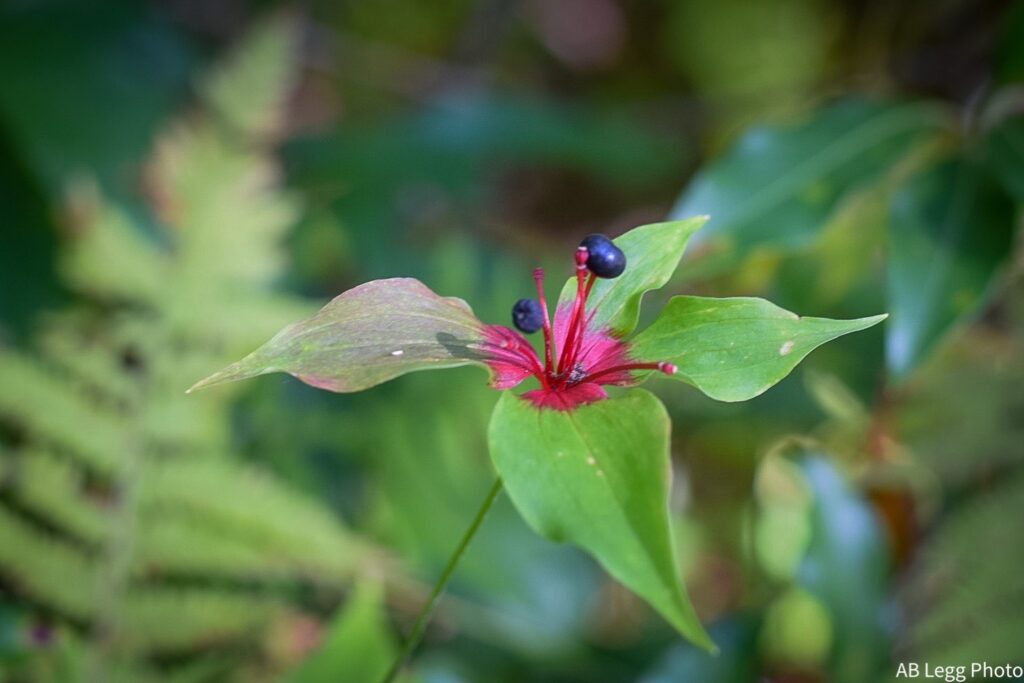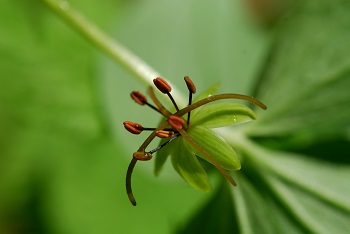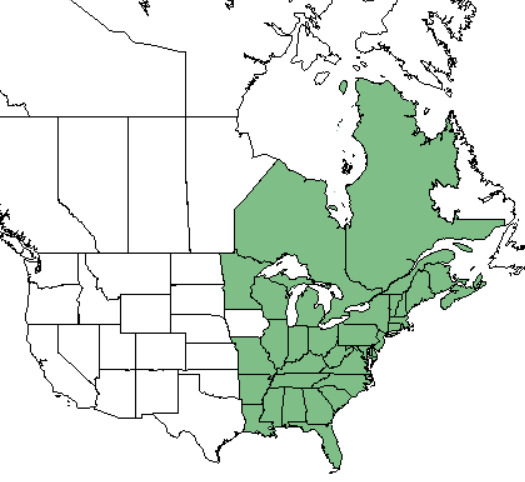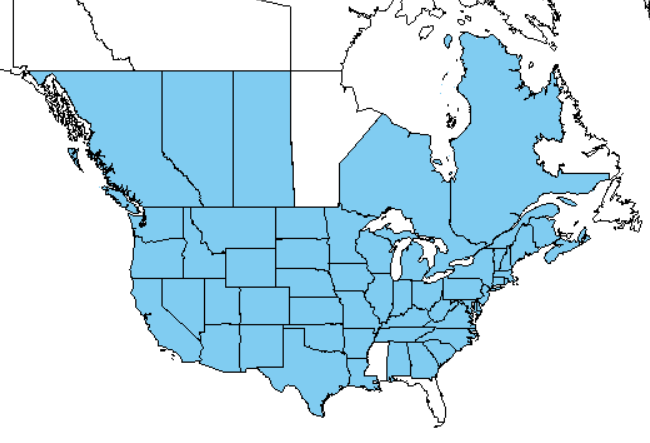Cauliflower Gardening
Being part of the brassica family, Cauliflower (brassica oleracea) is a versatile vegetable. Its name comes from the Latin “caulis,” which means cabbage, and “floris” for flower. The first thing to know when cauliflower gardening is the “head” is actually a mass of flower buds. If allowed to go to seed the buds will become a mass of small yellow flowers (they actually look pretty and attract pollinators). It is an annual plant that can grow to 2.5 feet tall. The large, rounded blue-green leaves resemble collards. The leaves that grow above the curd (flower head) are often tied together over the curd prior to harvest to shade it and keep it from discoloring. Cauliflower has been bred to grow different color curds with great taste. The stems and leaves can also be eaten – although I do not.
Types & Varieties of Cauliflower
Cauliflower is rich in vitamins and nutrition. It contains Vitamin C & K, calcium, potassium, magnesium and antioxidants. Cauliflower has many variations ranging in size and color. Its heads are available in traditional white to orange, purple, and yellow and all have the same great taste – mild, slightly sweet, and nutty.
Common varieties of Cauliflower:
- Veronica F1 – Favored for crudites and raw vegetable dishes. This cauliflower has northern Italian roots dating back to the 15th century and is a gourmet favorite today. Heads mature in 70-90 days from transplant.
- Cheddar – Typically, orange, cheddar-like carrots contain beta-carotene and take just 60 to 70 days after transplant to mature.
- Graffiti – With deep purple color, which turns blue when cooked, this cauliflower variety is heat resistant and matures in 70 to 80 days after transplant.
- Steady – this variety is meaty and has outer leaves that wrap around the dense white curd and protects it naturally – no manual blanching. Moreover, steady cauliflower favors a variety of climates, making it easier for you to grow.
- The Goodman – With a nutty flavor and tender white florets, goodman is an early cauliflower with small, uniform heads. The plants reach maturity in 65 to 75 days after transplant
A 20 foot row should yield between 8 to 10 heads. If you are planning a “year-round” food supply, plant about 15 – 20 feet per person.
Temperature and Timing, for growing Cauliflower
Cauliflower is adapted to the cool-season; it prefers temperatures around 60 °F but will grow in an environment up to 80° F without much issue. In areas that have frosts, cauliflower can be grown as a spring or fall crop. In warmer areas with no expected frosts, it can be grown as a winter crop.
Sun Exposure and Soil Requirements
Cauliflower requires full sun to grow which means it needs at least 6 hours of direct light. If your garden can provide more – so much the better.
Cauliflower prefers well-drained soil with pH ranges between 6.0 – 7.5. Soil should be well-prepared and moist for proper growth.
How to Plant Cauliflower
Cauliflower gardening starts when you plant cauliflower seeds indoors 6 to 8 weeks before the last expected spring frost. Use a good seed starting mix and set 2 to 3 seeds in each cell 1/4 inch deep. Keep planting mix moist. Seedlings will emerge in 1 to 3 weeks. Make sure the seedlings have plenty of light. Learn how to grow vegetable plants indoors. When the seedlings have their real leaves transfer to larger seed pots – I use 3” wide pots for each seedling.
Before planting in the garden, seedling plants need to be “hardened off”. Set them in a safe space outdoors for about a week or so. What hardening is used for, in my estimation, is to get the plants used to direct sun and typical outdoor conditions. It is not to get them used to hard cold weather, if frosts are expected bring the plants back inside. Be careful the first few days the plants are outside making sure the sun does not scald the leaves – if that happens, the plants are likely to die.
Cauliflower transplants should be planted 2 feet apart in rows that are 2 – 3 feet wide.
Once transplanted into the garden, water adequately giving 1-1/2 inches of water per week. Never let the soil dry out for extended periods of time; that can affect the growth of the head. You can maintain a good moisture level by adding mulch.
Fertilize your cauliflower every 3 to 4 weeks with a well-balanced, 10-10-10, fertilizer.
Cauliflower does not like heat – over 80° F, when it’s too hot the plant can experience “buttoning,” where it forms several small heads instead of one large one. Conversely, hard frosts will kill the plant. Use row cover to prevent frost damage and shade cloth to protect your plant from heat stress.
Harvest
If your cauliflower gardening season went well there will be produce to harvest, here is how:
- You can harvest plants in about 50-100 days from transplant, depending on conditions experienced and type of plant grown. Look for good compact curds approximately 6 – 8 inches in diameter with good color – if you would buy it in the store means your cauliflower is ready to harvest.
- Depending on the variety, typically white curd varieties, you may want to tie leaves over the curds after the head emerges and can be seen to “blanch” the heads.
- Use a knife to cut the head and leave some of the leaves for protection.
- If you notice small heads that already started to flower, harvest immediately.
- If Cauliflower shows coarse appearance, it has past maturity, it can be used but quality will be low.
Storing
Place cauliflower heads in plastic bags with a damp paper towel inside to store heads in the refrigerator. The head should keep 2 to 3 weeks this way.
You can also freeze cauliflower. To do so you will need to first cut the head into pieces, put into a pot of boiling water for a minute to blanch and then transfer to cold water to stop the cooking. Once cold, pat the pieces dry, put in a plastic bag and place in the freezer.
Cauliflower, just like cucumbers, pickle well.
Pests and Diseases
- Flea beetles are a common pest problem. They damage leaves by leaving numerous tiny holes in leaves. If the infestation is bad enough the plants can be killed. Two organic methods to control flea beetles are:
- using floating row covers to protect the plants and
- putting beneficial nematodes in the soil to attack and kill the beetle larvae.
- Cabbage loopers and cabbage moths lay eggs and the larvae will eat holes in the leaves and flower heads which could potentially destroy the plants. Use Bacillus thuringiensis (Bt) to control them.
- Aphids are small soft skinned insects that suck the fluids from the plants and can weaken them. Try spraying with water to dislodge the aphids. Organic methods include using ladybug larvae – they will eat the aphids, spay the leaves with insecticidal soap or carefully coat the leaves with neem or canola oil.
Disease
- Club root – Caused by soil fungus which causes slow-growing cauliflower heads and wilting. You can prevent this disease by selecting resistant varieties and rotating crops.
- Bacterial soft rot makes the head and leaves mushy and excessively wet. They may even start to ooze liquid that turns brown or black. There isn’t much to do about this disease except keep your plants healthy enough to prevent it. Keep the soil and plants clean and avoid getting the head and leaves wet. You should also practice good crop rotation with your plants.
- Powdery mildew and downy mildew are common on cole crops, and both are annoying to resolve. Neem oil can help reduce their formation, but if they appear, a copper-based fungicide is your best bet for preventing further spread. Remove all infected material and treat until there are no signs of further infestation.
- The cauliflower mosaic virus is transmitted by sucking pests such as aphids and thrips. There are no treatments for mosaic virus species, and prevention is your only protection. Keep pests away from your plants to avoid this deadly plant disease.
Hopefully this article will help in having a successful cauliflower gardening season – GOOD LUCK!!

